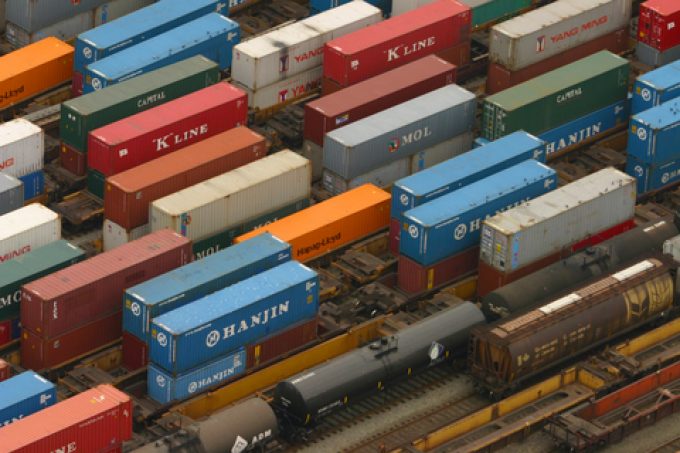Semiconductors could compensate for air freight's lost ecommerce traffic
The future of ecommerce by air may be in doubt – but the semiconductor industry, ...

US intermodal traffic rolled into 2023 with the brakes on: the sector was down last year and things got worse in the first weeks of the new year, producing the worst January since 2013.
The dismal last month followed contraction both in the fourth quarter and over the full year. The Intermodal Association of North America (IANA) reported a 16.2% decline in Q4.
International container traffic actually eked out a 0.9% gain, but US domestic trailers slumped 29.7%, while domestic container count ...
'Disastrous' DSV-Schenker merger would 'disrupt European haulage market'
'Chaos after chaos' coming from de minimis changes and more tariffs
List of blanked transpac sailings grows as trade war heats up and demand cools
Shippers in Asia restart ocean shipment bookings – but not from China
Forto 'sharpens commercial priorities' as it lays off one-third of staff
India withdraws access for Bangladesh transhipments, in 'very harmful' decision
'Tariff hell' leaves industries in limbo – 'not a great environment to plan'
Temporary tariff relief brings on early transpacific peak season
Pre-tariff rush of goods from US to China sees air rates soar, but not for long
De minimis-induced ecommerce demand slump could cripple freighter operators
Asian exporters scramble for ships and boxes to beat 90-day tariff pause
Forwarders 'allowing the fox into the chicken run' by supporting 'hungry' carriers
Hapag 'took the bigger risk' when it signed up to Gemini, says Maersk
'Restoring America's maritime dominance' – stop laughing at the back of the class
Navigating tariffs: 'like trying to solve a Rubik's cube while colour-blind'

Comment on this article